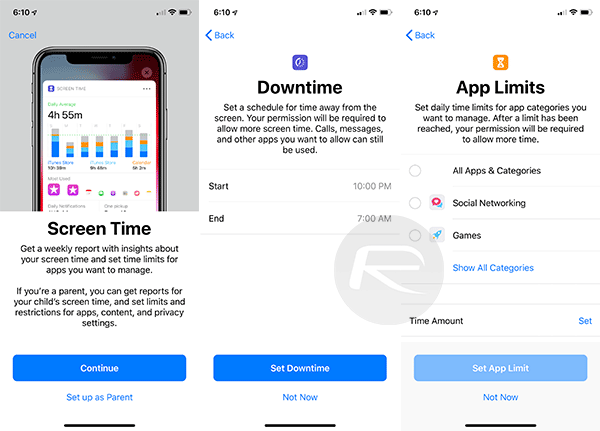There’s been a new controversy brewing in the Apple world for a few days now, and Apple has taken the step of releasing a statement directly contradicting a report by The New York Times.
The report claimed that Apple was preventing apps from working to provide data similar to that gathered by iOS 12’s Screen Time. The move, it was claimed, was anticompetitive. Apple says that’s not the case.

The original report noted that Apple was removing apps that used MDM, a system that is designed to allow enterprise customers to manage devices remotely. That system was allowing those apps to track usage statistics, akin to those provided by Screen Time, and thus believed that Apple was removing those apps to protect Screen Time’s advantage.
However, according to Apple’s statement, that’s not the case at all. In fact, Apple calls the New York Times out, saying that ‘contrary to what The New York Times reported over the weekend, this isn’t a matter of competition. It’s a matter of security’.
Apps that do not need to use MDM capabilities to provide statistics are fine, and can remain on the App Store untouched. However, anyone using MDM will be removed because Apple believes the use of MDM represents a security risk.

While the New York Times report suggested that Apple was pushing users towards its own solutions rather than third-party apps, the company says that’s not the case at all.
In this app category, and in every category, we are committed to providing a competitive, innovative app ecosystem. There are many tremendously successful apps that offer functions and services similar to Apple’s in categories like messaging, maps, email, music, web browsers, photos, note-taking apps, contact managers and payment systems, just to name a few. We are committed to offering a place for these apps to thrive as they improve the user experience for everyone.
Despite Apple’s statement, there’s no denying that first-party apps get preferential treatment within iOS. We still can’t choose a default email client, or even web browser, despite the App Store being filled with alternatives to Mail and Safari.
(Source: Apple)
You may also like to check out:
- Download iOS 12.2 Final IPSW Links And OTA Update For iPhone And iPad
- Download: iOS 12.3 Beta 3 IPSW Links, OTA Update Out Now
- iOS 12 / 12.1.2 iPhone XS Max Jailbreak Update Provided By Unc0ver Lead Developer
- iOS 12.2 Jailbreak Status: Here’s What You Need To Know
- Jailbreak iOS 12 / 12.1.2 / 12.1.2 Beta 3 With Unc0ver And Install Cydia, Here’s How [Tutorial]
- How To Downgrade iOS 12.2 To iOS 12.1.4 On iPhone Or iPad
You can follow us on Twitter, or Instagram, and even like our Facebook page to keep yourself updated on all the latest from Microsoft, Google, Apple, and the Web.

